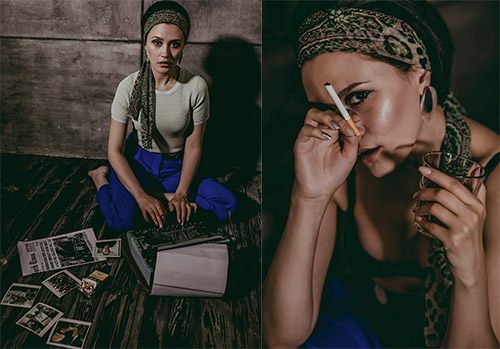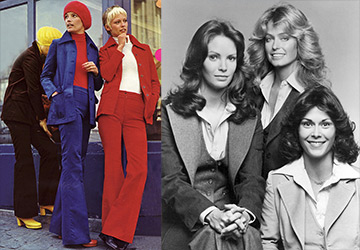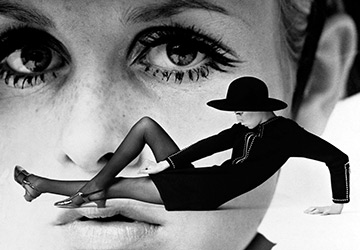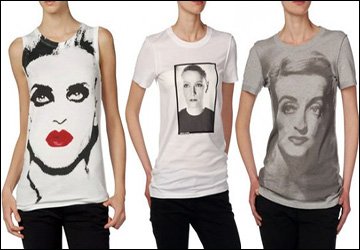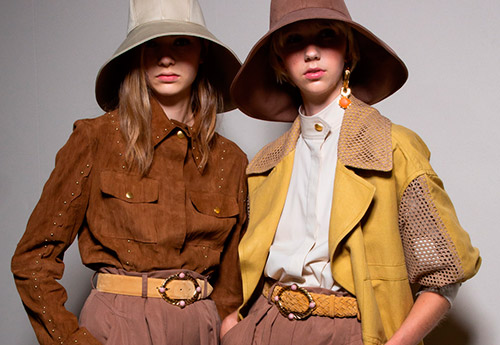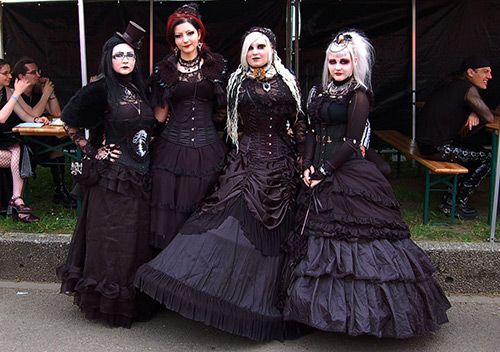Style
Hippie style in clothes and accessories
"Make love, not war!"
Hippie time - 1960s. The hippie youth subculture appears in the United States, and then spreads to Europe. The heyday of hippies - late 60s - early 70s.
It is believed that for the first time the name of a hippie to a group of young people protesting against the Vietnam War was used by journalists from one of the New York TV channels. Thus, the journalists identified those young people who protested against the hostilities, and also had a specific appearance - they dressed in jeans and T-shirts, and always wore long hair.
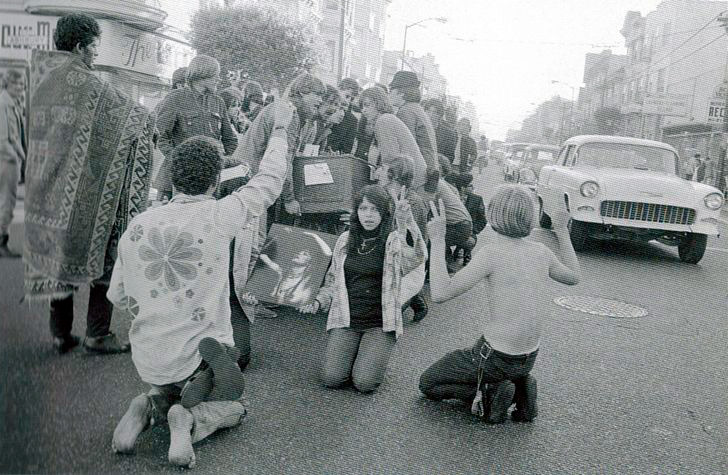
Recall that in the 1960s, the United States fought in Vietnam. In this war, America suffered heavy losses, the war was clearly unjust, and the draft was still general in the US army. Young people did not understand why and why they had to die in Vietnam and hid from conscription in every way, including traveling around the country, and also expressed their anti-war sentiments.
The very word hippy or hippie comes from the colloquial hip or hep - “understanding, knowing”; at that time there was also a slang expression - "to be hip", meaning "to be in the know", "to be" world "." But, most likely, the journalists of the New York TV channel, naming the young people who protested against the Vietnam War, hippies put a pejorative meaning into this word. After all, in the early 1960s "hips" were the counterculture supporters of Greenwich Village (the area in which the bohemian New York lived). Thus, reporters hinted at claims of poorly dressed young people from the suburbs of New York to also be hips.
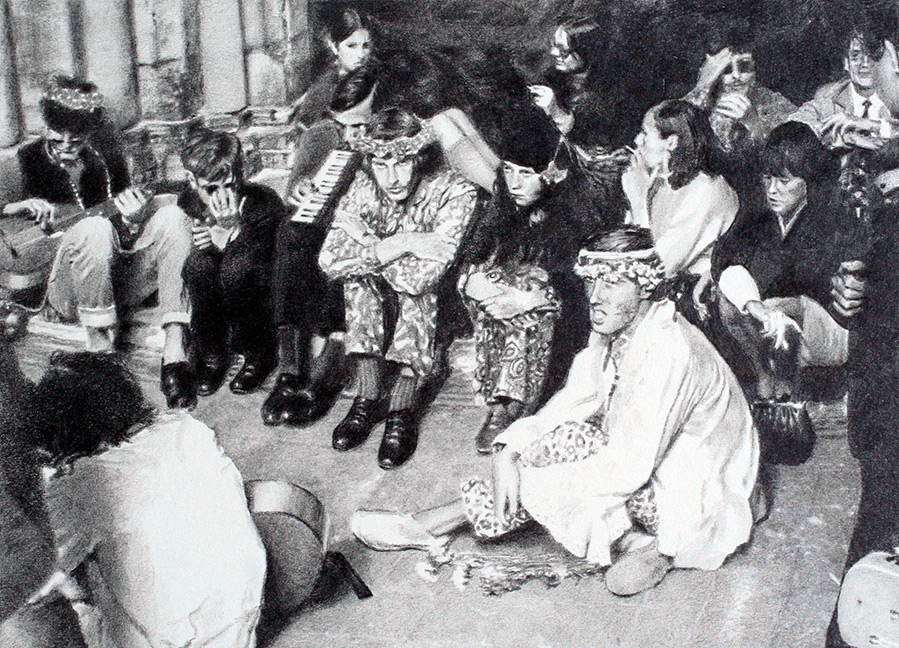
The culture of the "beat generation" of the 1940-50s undoubtedly stood at the origins of the hippie. "Beat generation" - "broken generation", this term was coined by the American writer Jack Kerouac. True, Kerouac himself wrote about this term like this - "Beat means rhythm, pulsation, not brokenness." In general, the "beat generation" was a group of American authors who worked on prose and poetry. The Beatniks were interested in the East, advocated naturalness, against wars, against urbanism and consumer society.
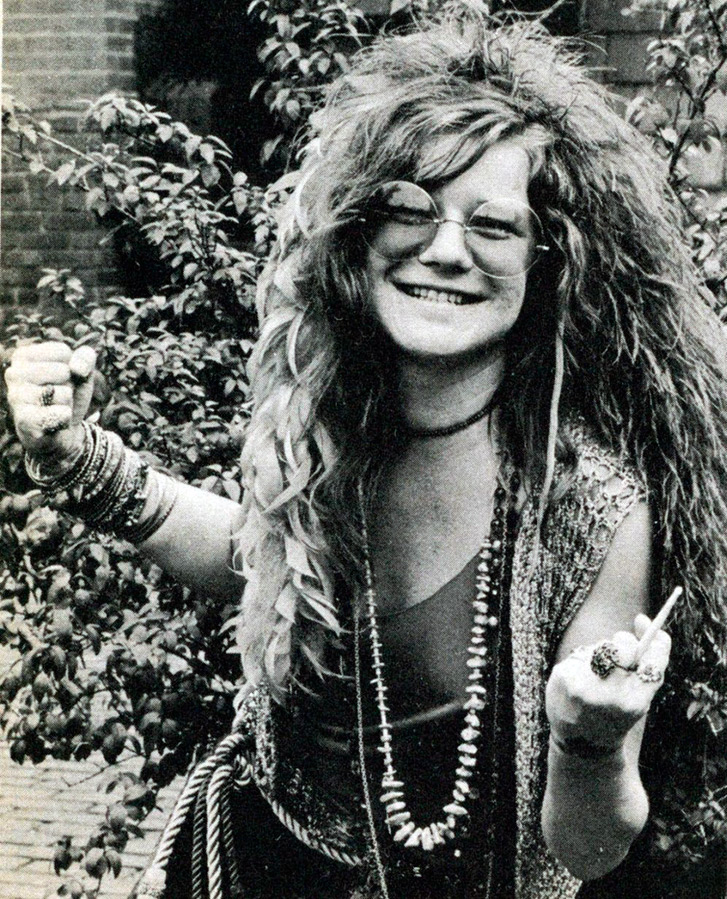
Hippie ideology and mindset
Nonviolence (hence the anti-war sentiment) is behavior and behavior in which the first requirement is not to harm. Freedom, while beauty and freedom are equivalent to each other, also beauty and freedom are spiritual needs, in order to achieve freedom, you need to change the inner structure of the soul.
Hippies were fond of Eastern religions and practices, they hitchhiked, lived in communes. Many of the representatives of the hippie subculture were also vegetarians.
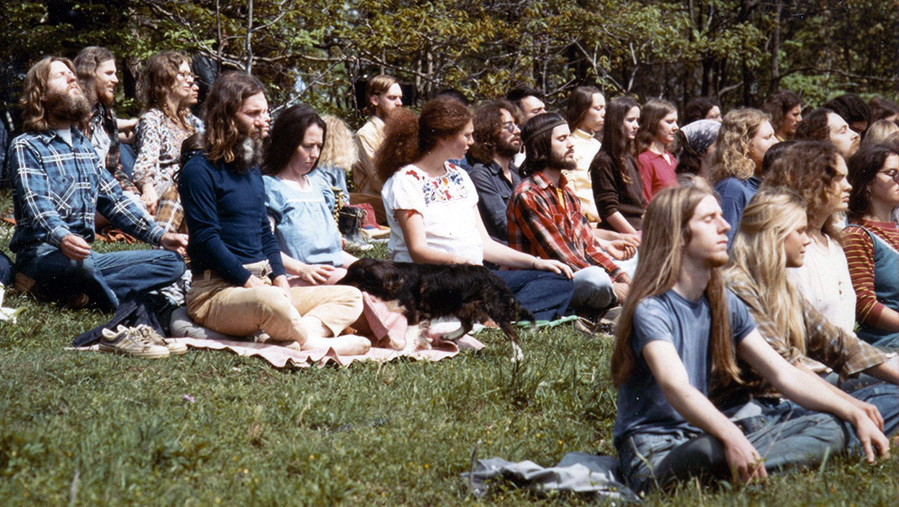
Another name for hippies is “flower children”. Its appearance is due to the fact that hippies often decorated their hair with flowers, distributed flowers to passers-by, and also, during clashes with the police, they gave flowers to the police or inserted flowers into gun muzzles. One of the hippies' slogans was “Flower Power”.
Also among the popular hippie slogans were "Make love, not war" ("Make love, not war!"), "Off The Pig!" ("Turn off the pig!" Won't Go! " ("Not a damn thing we're not leaving!"), "All You Need Is Love!" ("All you need is love!", Also the title of a song by The Beatles).
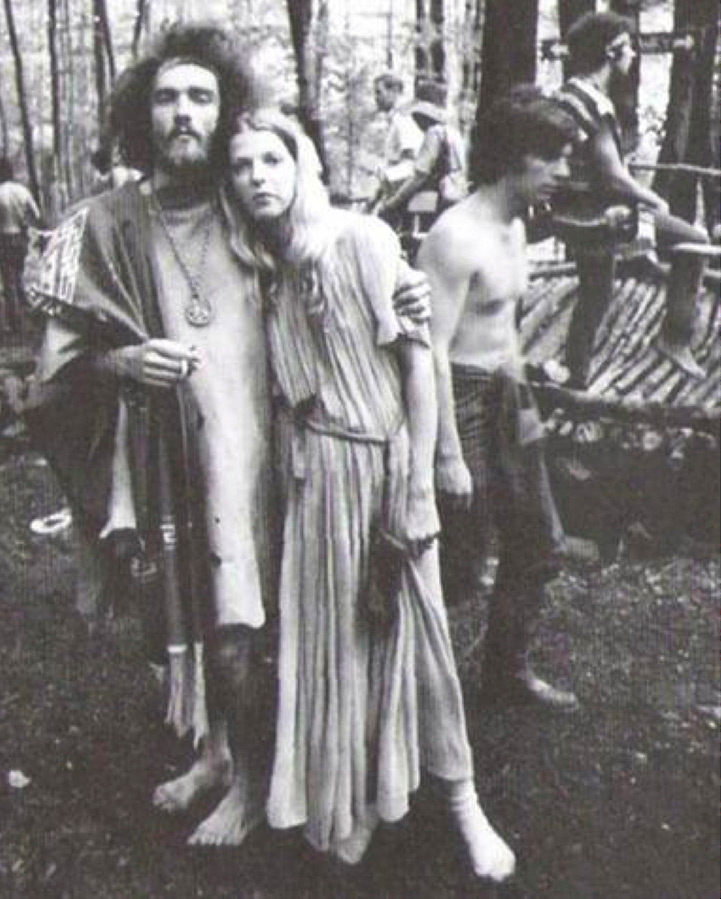
As you can see, the ideas of the hippies were bright and were supposed to bring the world and the hippies themselves only good, but in reality these people did little useful for the development of our society. Among the hippies, a variety of drugs were massively used, an idle lifestyle prevailed, hippies did not know what to do with themselves, except for sex, drugs and protest performances.Therefore, over time, their way of life became no less destructive than the war against which they protested.
Hippie clothing style
The main features of hippie-style clothing are simplicity, unpretentiousness, ethnic motives in clothing, bright colors, natural fabrics, and an abundance of accessories are required.
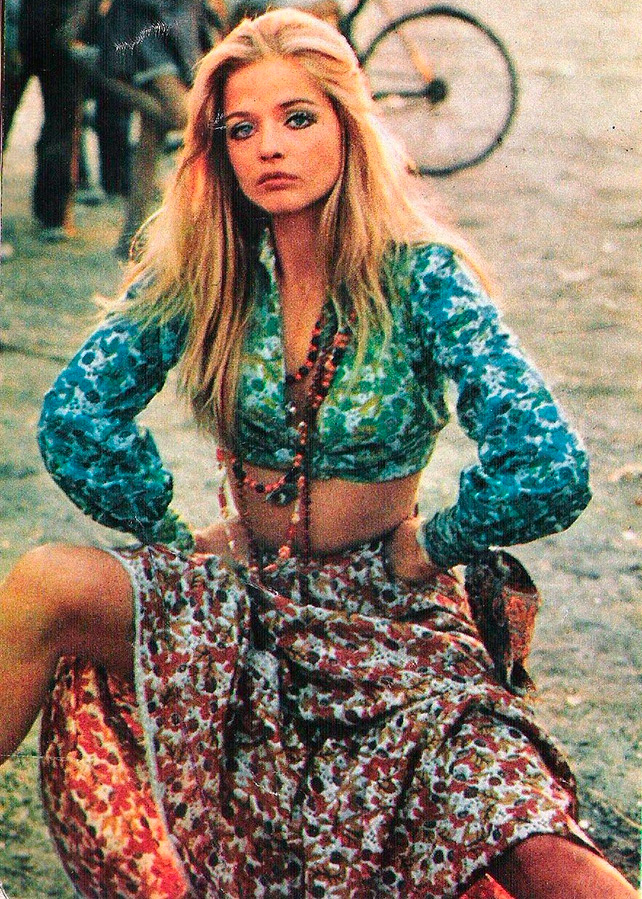
Hippie wardrobe items:
T-shirts made of cotton fabric, without logos and labels, on T-shirts there may be a print corresponding to the worldviews of a hippie - for example, a pacific badge, somewhat reminiscent of an inverted chicken foot.
Frayed leather or denim vests.
Trousers, or better flared jeans. Jeans or trousers are also painted with paints, embroidered with beads or floss.
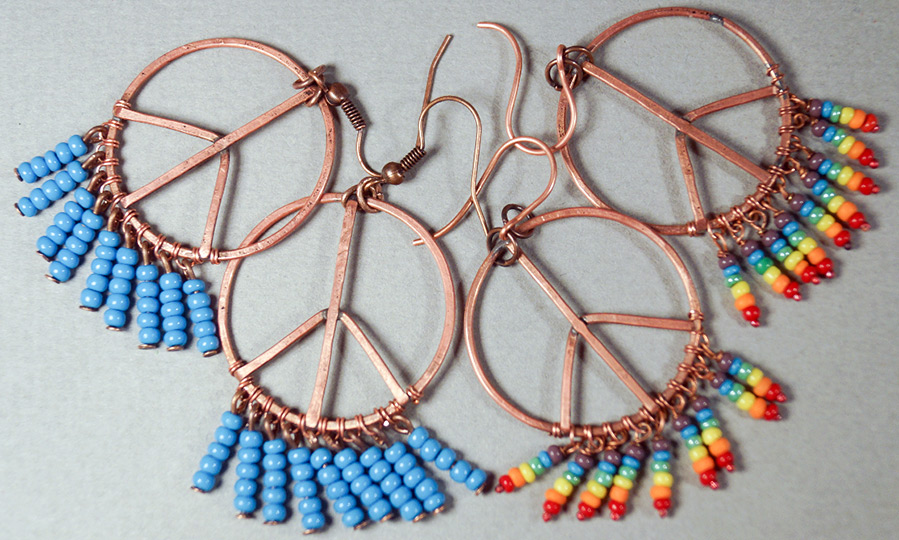
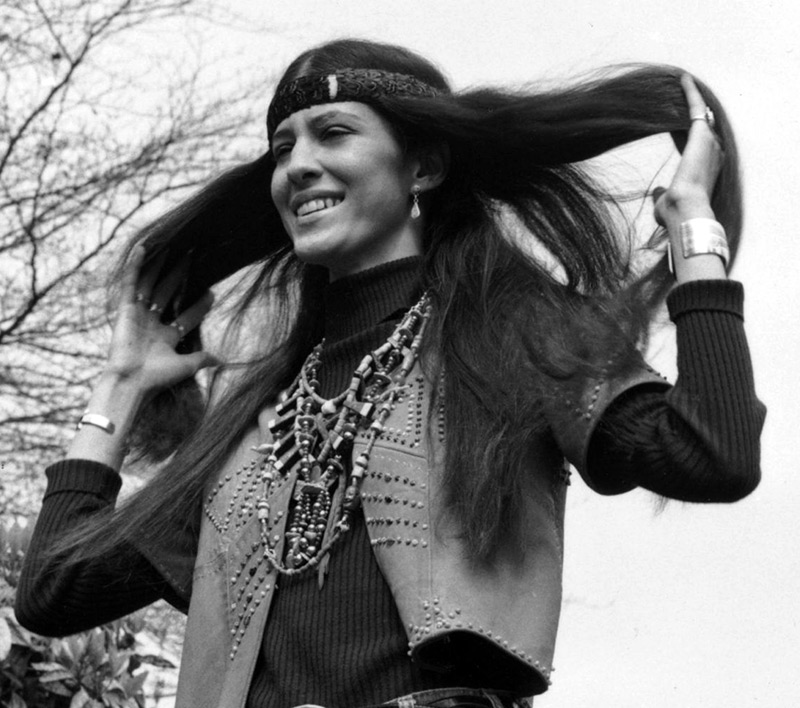
On the feet - flip-flops, sandals, maybe sneakers, hippies also often go barefoot.
Ethnic motives - drawings and patterns, or individual items of clothing, for example, a poncho.
The colors are bright, very often psychedelic in nature, because hippies had nothing against marijuana, LSD and other substances that expand consciousness. That is, in the colors of clothes there are concentric circles of all colors of the rainbow and irregular shapes, strange patterns and fractals of poisonous shades.
Hippie accessories
A variety of baubles made from materials such as threads, leather, beads. Color combinations of baubles could have their own meaning - so, red and yellow could be considered a declaration of love, and black and yellow striped - a wish for a successful hitchhiking.
To decorate the hair, the flowers already mentioned above were used, and ribbons could also be woven into the hair, braiding the strands with floss threads, beads, and beads. Hippies also wore cloth headbands or braided cord headbands on their heads. Even hippies wore pendants in the form of a pacific badge, a yin-yang symbol, inexpensive jewelry - jewelry made of wood, fruits of plants.
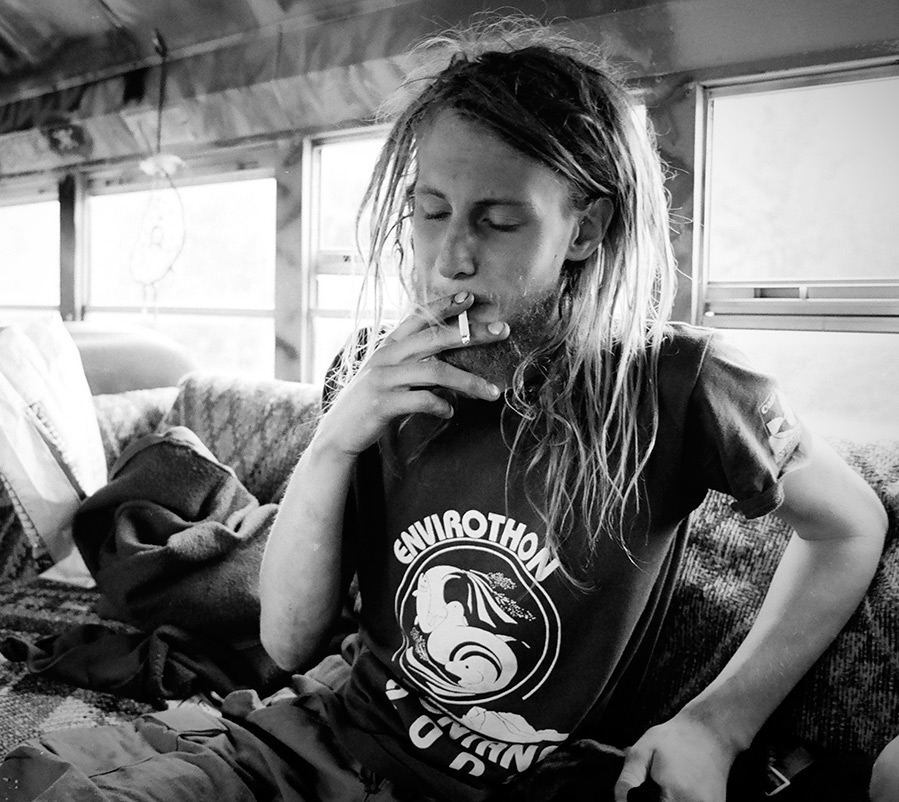
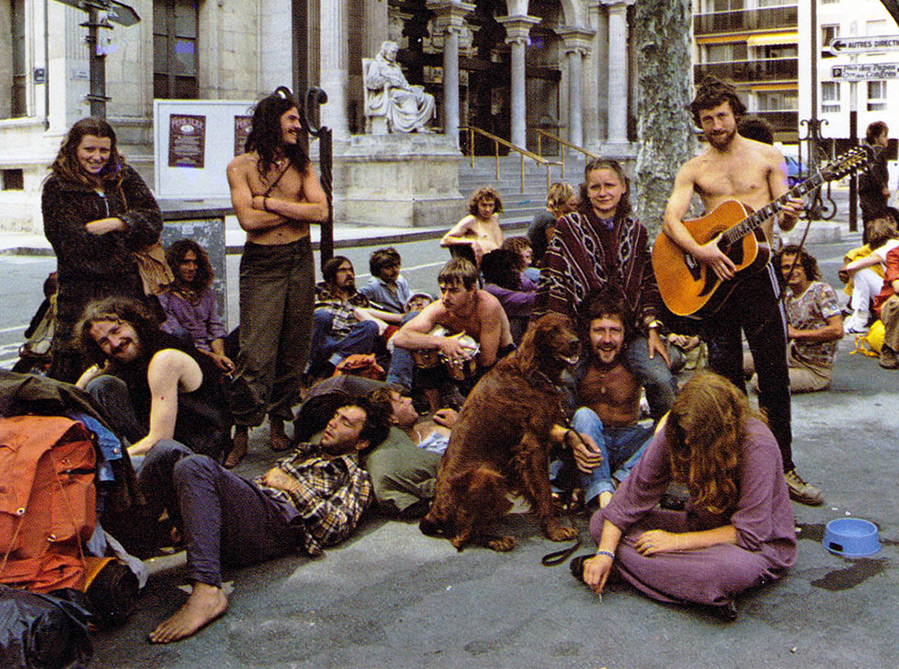
Hippie hairstyles
Traditionally hairstyles from long, loose hair, both in men and women. Sometimes the hair could be tied up or braided into intricate braids.
Makeup
Hippies did not wear makeup and did not use makeup, because they strove for naturalness and naturalness. Or maybe thanks to various substances that expand consciousness, they saw everything in brighter colors, and therefore did not need cosmetics.
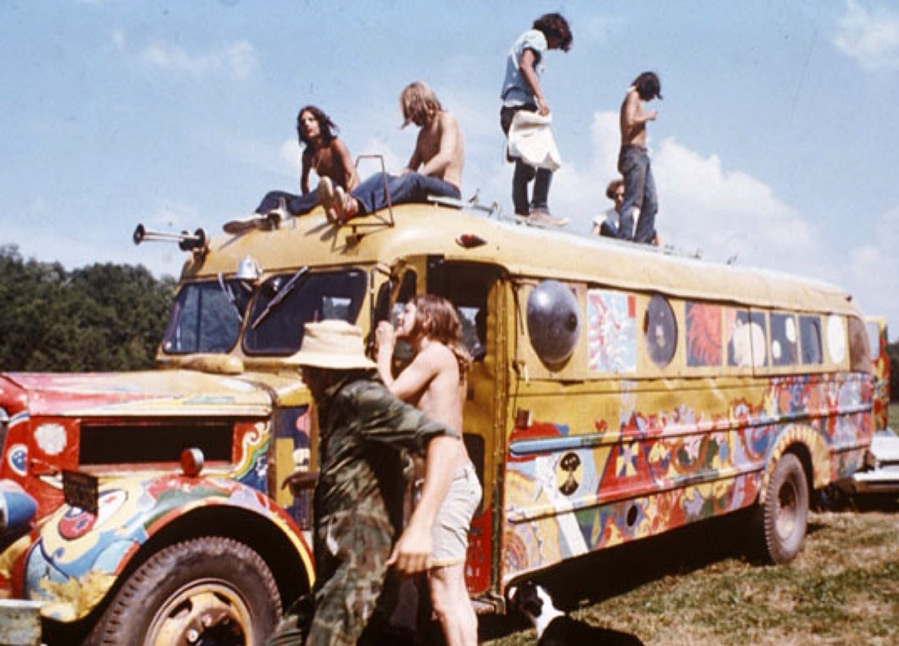
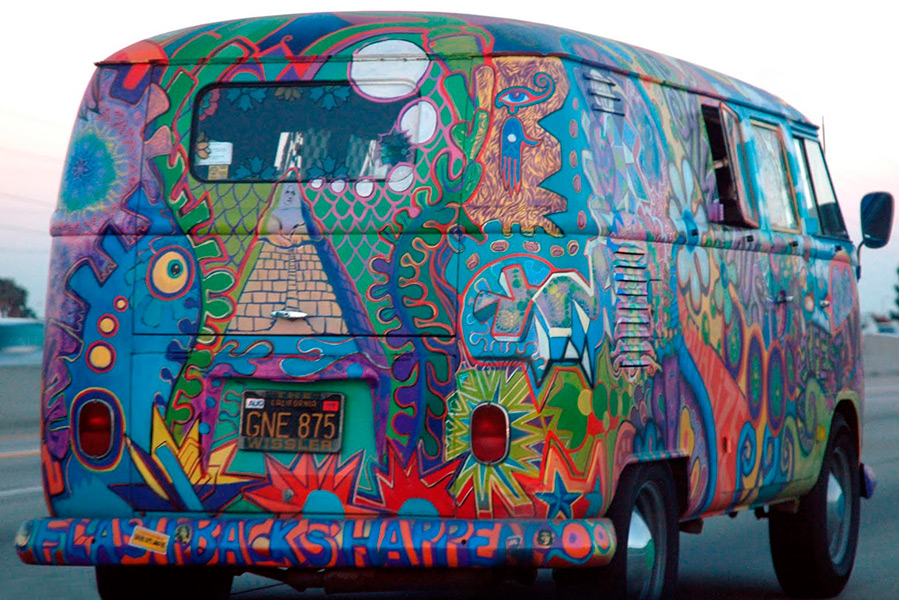
Comments and Reviews
Add a comment
Rating news
Shades of clothing that make women look younger
What shades of hair make women younger: rules and photos
Funny wedding dresses - photos and ideas
12 most expensive down jackets for the winter
How to look 25 at 40: tips from supermodels
Beautiful schoolgirls
Anti-aging haircuts and hairstyles for women
Fashionable skirts for autumn and winter
Fashionable women's trousers for the cold season
Fashionable and stylish sandals for summer 2024
Spring-summer 2024
 Fashionable dresses and tops with thin spaghetti straps
Fashionable dresses and tops with thin spaghetti straps
 Bandana tops: how to wear stylishly and beautifully
Bandana tops: how to wear stylishly and beautifully
 How to put together the perfect men's wardrobe for the summer
How to put together the perfect men's wardrobe for the summer
 Fashionable shorts for spring-summer 2024
Fashionable shorts for spring-summer 2024
 Fashionable skirts for spring-summer 2024: a guide to online shopping
Fashionable skirts for spring-summer 2024: a guide to online shopping
 The most fashionable dresses spring-summer 2024: styles and colors
The most fashionable dresses spring-summer 2024: styles and colors
 Fashionable total look 2024: ideas of images and trends
Fashionable total look 2024: ideas of images and trends
